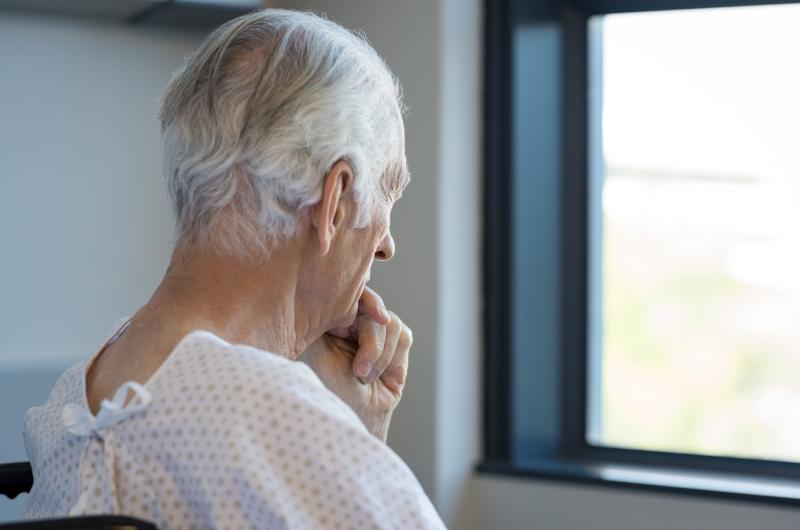 Much more research is required to fully establish the connection.
Much more research is required to fully establish the connection.The neutrophil-to-lymphocyte ratio (NLR) may hold prognostic value for mortality in elderly adults with head and neck squamous cell carcinoma (HNSCC), a recent study has shown.
Researchers conducted a prospective evaluation of 233 consecutive elderly HNSCC patients (median age, 71 years; 84.5 percent male). Blood samples were drawn and used for the calculation of NLR. Participants also underwent performance status and comorbidity assessments using the Eastern Cooperative Oncology Group (ECOG) Performance Status (PS) and Charlson Comorbidity Index (CCI) tools.
The pretreatment median NLR value was 1.9. More than half of the participants (55.4 percent) had overall stage III or IV cancer, while 35.2 percent (n=82) had advanced T3 or T4 malignancies. Over a median follow-up of 53 months, 26.6 percent of the survivors developed tumour recurrence, mostly in local sites. At last follow-up, 63.1 percent (n=147) were alive without disease and 57 had died of HNSCC.
Multivariate Cox proportional hazards regression models found that an NLR value >2.5 was a significant risk factor for overall mortality (hazard ratio [HR], 1.77, 95 percent confidence interval [CI], 1.05–2.97; p=0.031).
The same was true when stratifying according to cause: NLR upped the likelihood of dying from cancer (OR, 1.89, 95 percent CI, 1.09–3.29; p=0.023) or from noncancer causes (OR, 6.29, 95 percent CI, 2.16–18.37; p=0.001).
Other significant predictors included age >75 years, comorbidities and frailty.
“Of laboratory tests, NLR may be used as a circulating prognostic marker for mortality in old-aged patients with HNSCC. Future studies might be performed to examine the usefulness of prognostic markers including NLR in terms of treatment outcomes, toxicity, and complications in the older patients,” the researchers said.